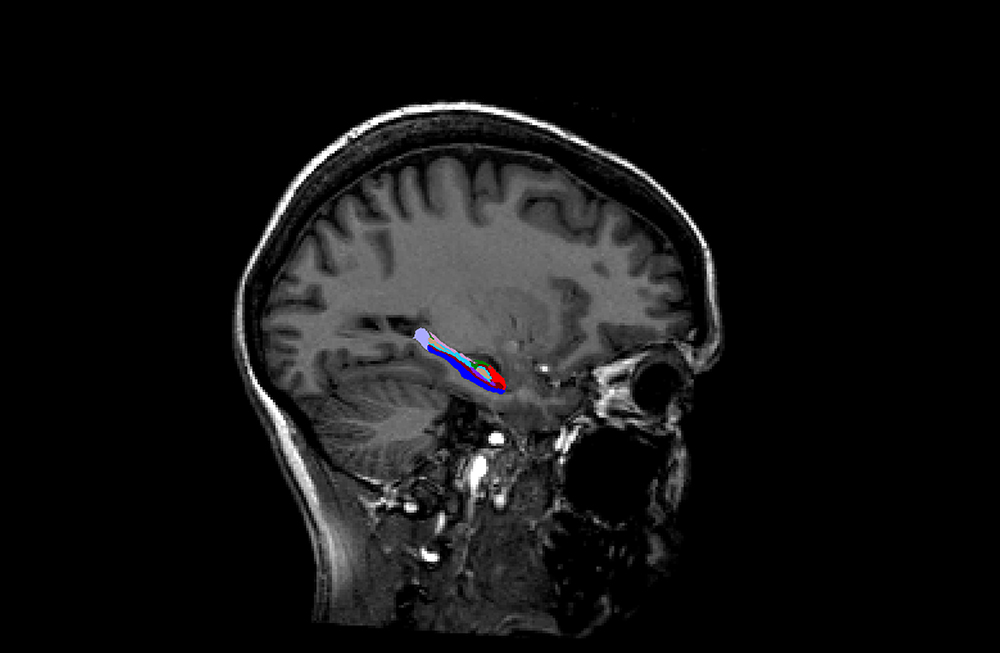A Queensland Brain Institute study has revealed regional sex differences in the hippocampus - an area of the brain important for memory, learning and emotions.
The hippocampus is impacted by neuropsychiatric disorders and several, such as eating or mood disorders, show that one sex is more susceptible than the other.

Associate Professor Margie Wright’s team showed that even when comparing males and females with the same size hippocampus, sex differences are found in its subregions.
The researchers measured the volume of 12 regions in the hippocampus, in males and females, and used four methods to adjust for the overall size of the hippocampus.
The study used two large young adult cohorts from the Queensland Twin Imaging study and the Human Connectome Project.
After adjusting for the overall size of the hippocampus, the researchers found that males had larger volumes in the parasubiculum and fimbria regions.
Sex effects were also identified in the hippocampal fissure, presubiculum, and hippocampal tail - the latter was smaller in males.
No sex differences were detected for the core regions of the hippocampus - in the volumes of the cornu ammonis or the granule cell layer of the dentate gyrus - or the Hippocampus-Amygdala Transition Area.
The findings show that there are region-specific sex differences in the hippocampus, and that adjusting for overall hippocampal volume in future research may lead to a greater understanding of the implications of sex difference for behaviour and neuropsychiatric disorders.
The study was first published in NeuroImage.



